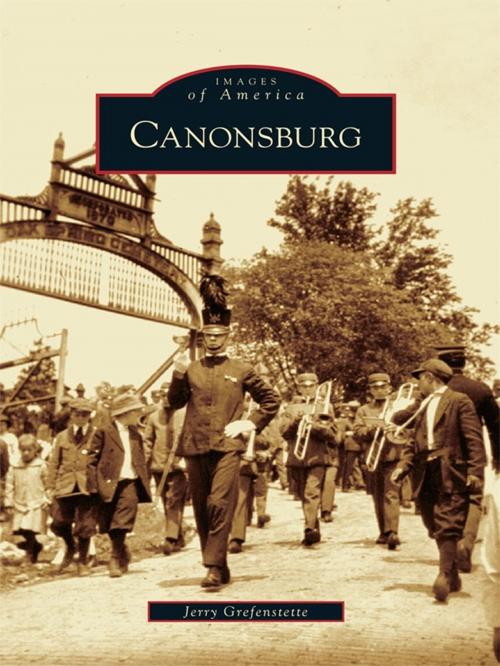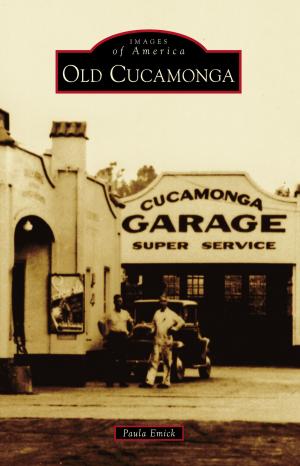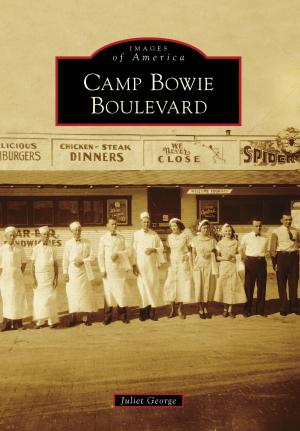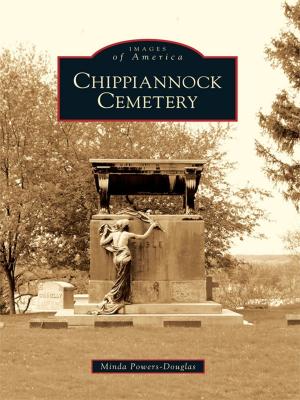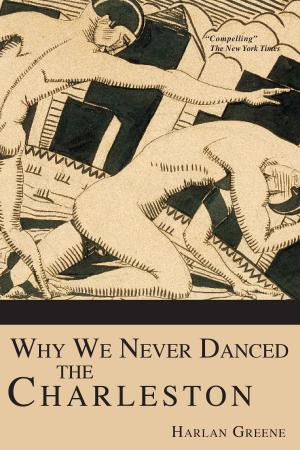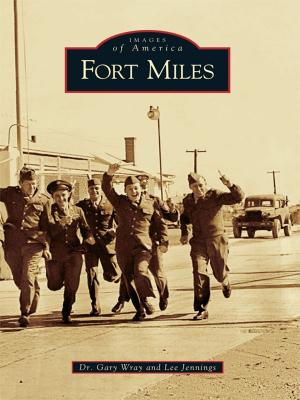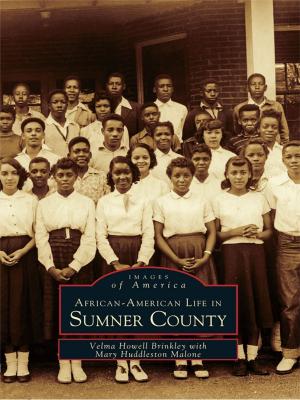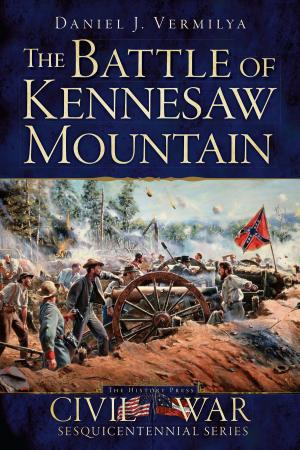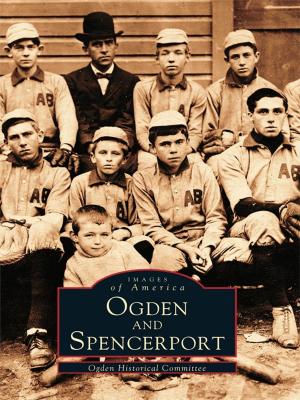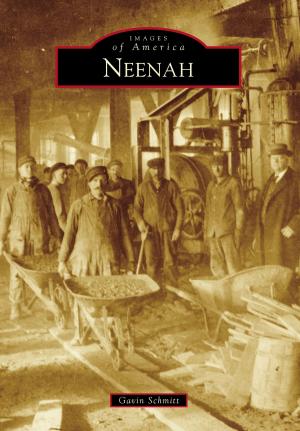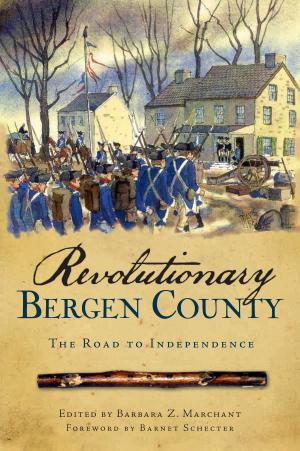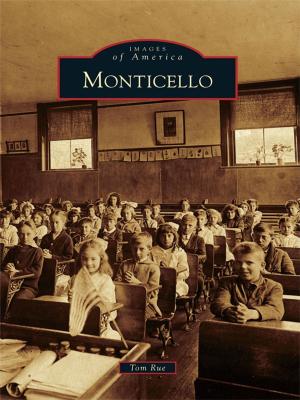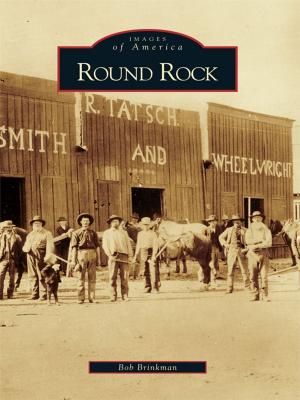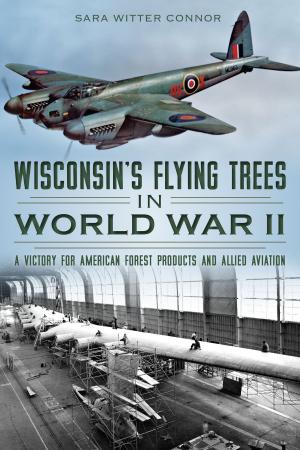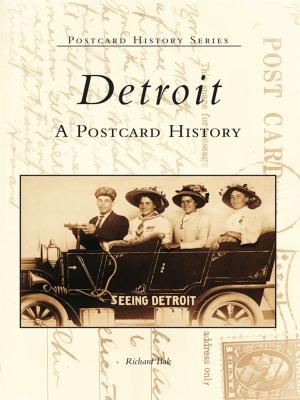| Author: | Jerry Grefenstette | ISBN: | 9781439622186 |
| Publisher: | Arcadia Publishing Inc. | Publication: | June 15, 2009 |
| Imprint: | Arcadia Publishing | Language: | English |
| Author: | Jerry Grefenstette |
| ISBN: | 9781439622186 |
| Publisher: | Arcadia Publishing Inc. |
| Publication: | June 15, 2009 |
| Imprint: | Arcadia Publishing |
| Language: | English |
Located less than 20 miles southwest of Pittsburgh, Canonsburg is a small town that arose during the late 1700s, serving initially as a postal stop between Pittsburgh and Washington. Incorporated in 1802, Canonsburg thrived as a market town, providing such goods as grain and whiskey. In the 1800s, Jefferson College, rising from John McMillan�s original one-room log house, became one of the largest colleges in the country. By the end of the 19th century, Canonsburg found its niche in manufacturing. The town�s flourishing steel and tin business allowed Canonsburg to survive the Great Depression with minimal impact. During World War II, steelmakers were able to successfully adapt their factories to handle the production of naval parts. Among its more famous citizens are Dr. Jonathan Letterman, an early proponent of battlefield medical treatment; singers Perry Como and Bobby Vinton; and the 1950s vocal group the Four Coins.
Located less than 20 miles southwest of Pittsburgh, Canonsburg is a small town that arose during the late 1700s, serving initially as a postal stop between Pittsburgh and Washington. Incorporated in 1802, Canonsburg thrived as a market town, providing such goods as grain and whiskey. In the 1800s, Jefferson College, rising from John McMillan�s original one-room log house, became one of the largest colleges in the country. By the end of the 19th century, Canonsburg found its niche in manufacturing. The town�s flourishing steel and tin business allowed Canonsburg to survive the Great Depression with minimal impact. During World War II, steelmakers were able to successfully adapt their factories to handle the production of naval parts. Among its more famous citizens are Dr. Jonathan Letterman, an early proponent of battlefield medical treatment; singers Perry Como and Bobby Vinton; and the 1950s vocal group the Four Coins.
